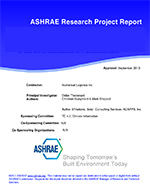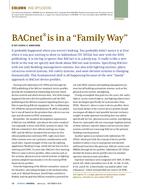A theoretical basis for various short-term boiler diagnostic test techniques – heat-up/cool-down, stop-loss, and time-to-make-steam – is presented along with the results of applying these techniques in situ to three boilers to estimate the off-cycle energy loss rates and part load efficiencies. The suitability of these relatively low-cost methods of indirectly measuring a boiler’s part load and seasonal efficiencies was investigated by comparing their results to direct part-load efficiency measurements. The short-term diagnostic-techniques tended to underestimate the off-cycle energy loss rates and overestimate the part-load efficiencies of the boilers (relative to values based on direct efficiency measurements) when a previously developed steady-state boiler energy loss model was used to relate boiler off-cycle heat loss rate to part-load efficiency. On the basis of these discrepancies, a simplified seasonal efficiency estimation procedure that incorporates a large correction factor was developed for use with the cool-down and stop-loss test methods. An investigation into the effect of unequal on- and off-cycle jacket heat loss rates on the model accuracy, using a refined version of the boiler model found that errors related to these differences may be large enough to account for much of the discrepancy between the direct efficiency measurements and the diagnostic test results.
KEYWORDS: validating, calculating, boilers, part load, efficiency, testing, measuring, seasonal heat loss, accuracy, heat loss, steady state.
Citation: Symposium, ASHRAE Trans. 1994, Vol.100, Part 1,
Product Details
- Published:
- 1994
- File Size:
- 1 file , 1.8 MB
- Product Code(s):
- D-17829


